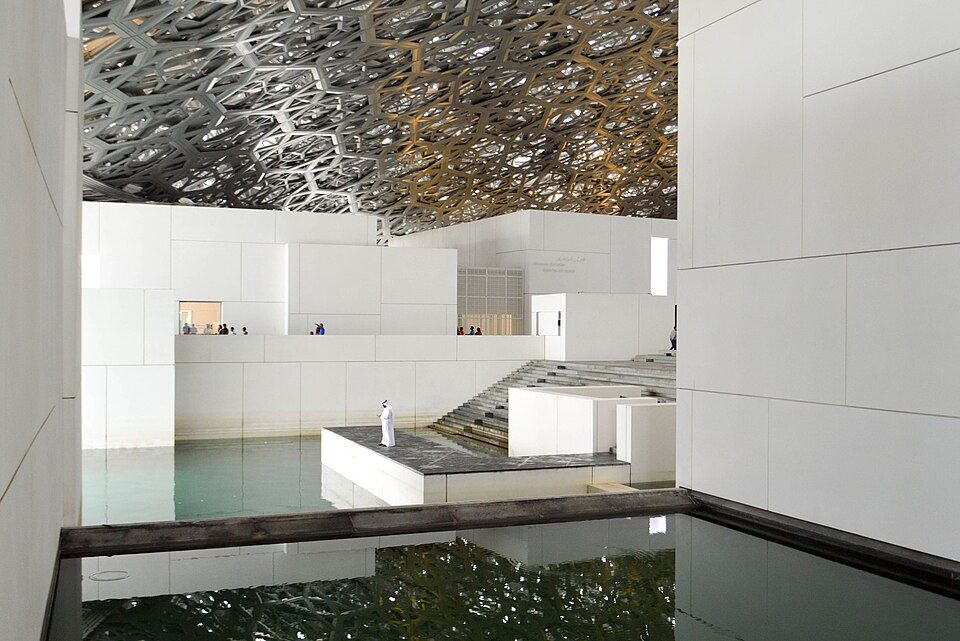Why Abu Dhabi's Urban Structure Framework Plan Is Important for Global Travellers
Abu Dhabi’s Urban Structure Framework Plan offers a strategic roadmap for how the emirate will grow, move and function. For global travellers, the plan matters because it directly shapes accessibility, comfort, cultural experiences and sustainability — factors that determine whether a trip is convenient, memorable and responsible. A thoughtfully designed city means better transport, richer cultural engagement, greener stays and an expanding calendar of reasons to visit.
Sustainable Growth: Protecting Landscape and Improving Visitor Well‑being
A central aim of Abu Dhabi’s framework is balancing urban expansion with protection of its coastal and desert environments. The plan allocates new parks, restores mangroves, and improves waterfront access while introducing street-level shading and landscaping to moderate the city’s microclimate. Green corridors and accessible waterfronts create attractive places to stroll, picnic or join community events, giving visitors outdoor options beyond museum halls and shopping malls. Importantly, sustainable infrastructure reduces heat and improves air quality, directly benefiting travellers who may be less acclimatised to Gulf summers.
Improved Mobility and Seamless Connectivity
The framework prioritises integrated transport: coherent road hierarchies, expanded bus networks, dedicated cycling and pedestrian paths, and strategic transit hubs that link to regional transport. While Abu Dhabi does not yet match the rail density of some global cities, its planning focuses on reducing journey times and smoothening connections to airports, seaports and neighbouring emirates. For travellers this means more predictable transfers, faster access between hotel districts and cultural sites, and easier day trips to natural attractions or business centres.
Cultural Anchors and Authentic Visitor Experiences
A distinguishing feature of the framework is embedding culture within the city’s fabric rather than isolating it. The plan supports cultural clusters, neighbourhood museums and public spaces designed for festivals, performances and markets. This encourages visitors to explore beyond headline institutions and encounter authentic daily life: artisan markets, pop-up exhibitions, community gardens and performance spaces that host local talent. Distributed cultural assets make it easier for travellers to curate diverse itineraries—pairing flagship museums with neighbourhood events, culinary trails and architectural walks—so that tourism becomes a deeper cultural exchange rather than a sequence of isolated attractions.

Francisco Anzola, Water Under The Canopy (250155755), CC BY 3.0
Mid‑Stay Convenience: Comfortable Bases for Exploration
As Abu Dhabi’s districts become more mixed-use and better connected, travellers increasingly value accommodation that offers both comfort and convenience. Many visitors choose properties that act as reliable bases for day trips and business travel. Properties such as Oaks Liwa Executive Suites Abu Dhabi provides apartment-style living with central access to many of the city’s services and amenities. Situated to benefit from improved transport routes and proximity to key retail and leisure nodes, hotel apartments in Abu Dhabi make it simpler for travellers to balance work, rest and exploration during longer stays.
Eco-conscious Tourism and Responsible Hospitality
Abu Dhabi’s framework aligns with wider emirate commitments to renewable energy, water conservation and low impact building practices, influencing hotels, attractions and service providers to adopt greener operations. From energy-efficient designs to waste-minimisation programs, most hotels are evolving to offer stays that minimise their ecological footprint without sacrificing comfort. For eco-conscious travellers, this creates opportunities to choose accommodations and experiences that support conservation goals, whether by staying in greener properties, joining low-impact tours or visiting restored natural sites.
Economic Diversification: More Reasons to Visit Year‑Round
The plan supports diversified land uses that foster education, healthcare, technology and creative industries alongside tourism. This broadens Abu Dhabi’s pull beyond leisure, attracting conferences, cultural residencies, educational tourism and medical visitors. The presence of knowledge and creative clusters generates year‑round programming—exhibitions, industry events, festivals and incubator showcases—that encourage repeat visits and extend average stays. For business travellers, mixed-use districts simplify combining work and leisure; for leisure travellers, a richer calendar of niche events and attractions keeps the city dynamic.
Safety, Resilience and Enhanced Visitor Services
Robust urban planning addresses resilience: flood management, emergency response access and infrastructure redundancy. These measures improve safety and reliability for residents and visitors alike. Well-planned public spaces, lighting, wayfinding and accessible facilities contribute to a visitor-friendly environment for families, older travellers and those with mobility needs. Thoughtful distribution of services—healthcare nodes, tourist information points and comfortable interchanges—also enhances traveller confidence and convenience throughout their stay.
